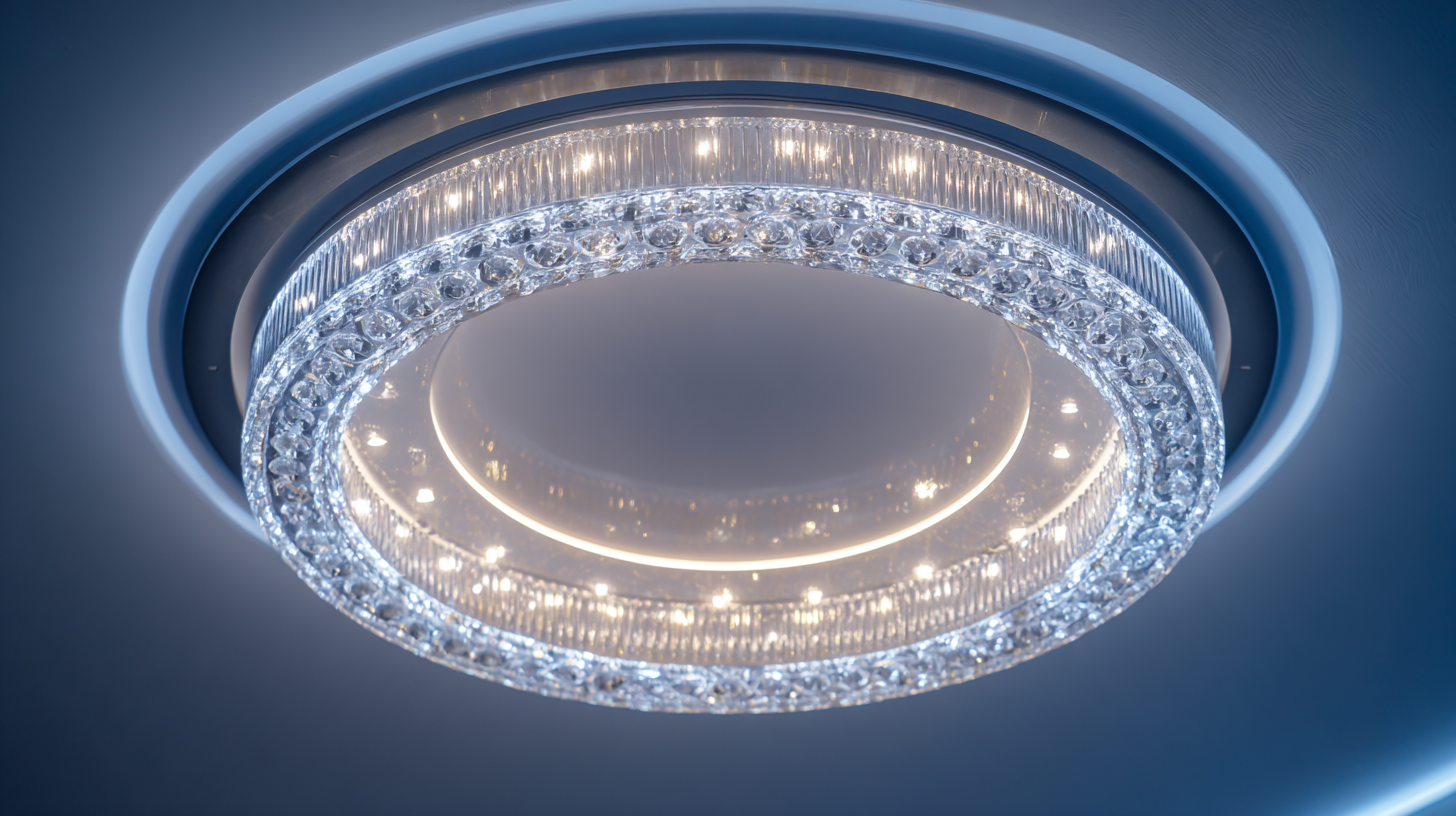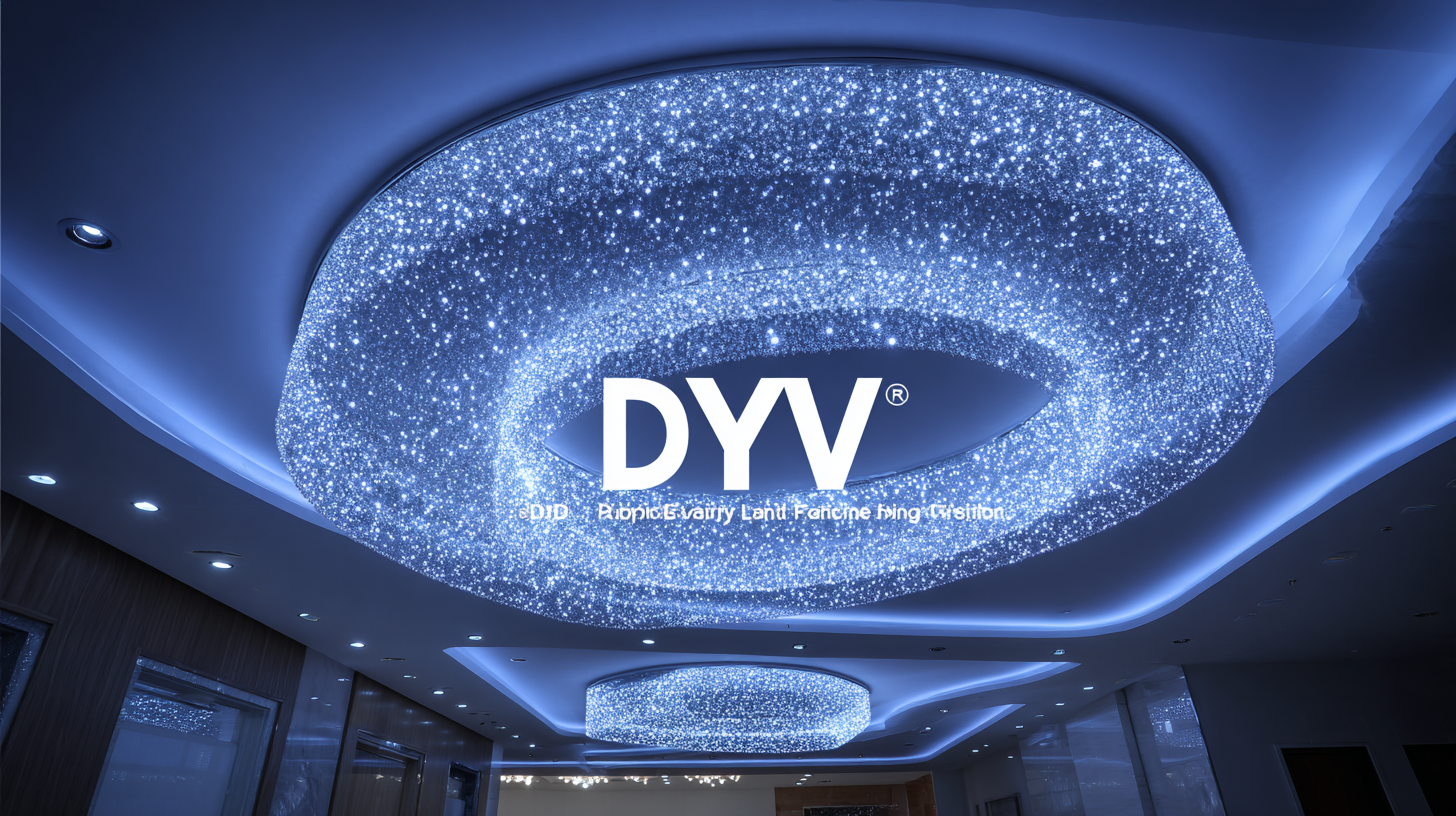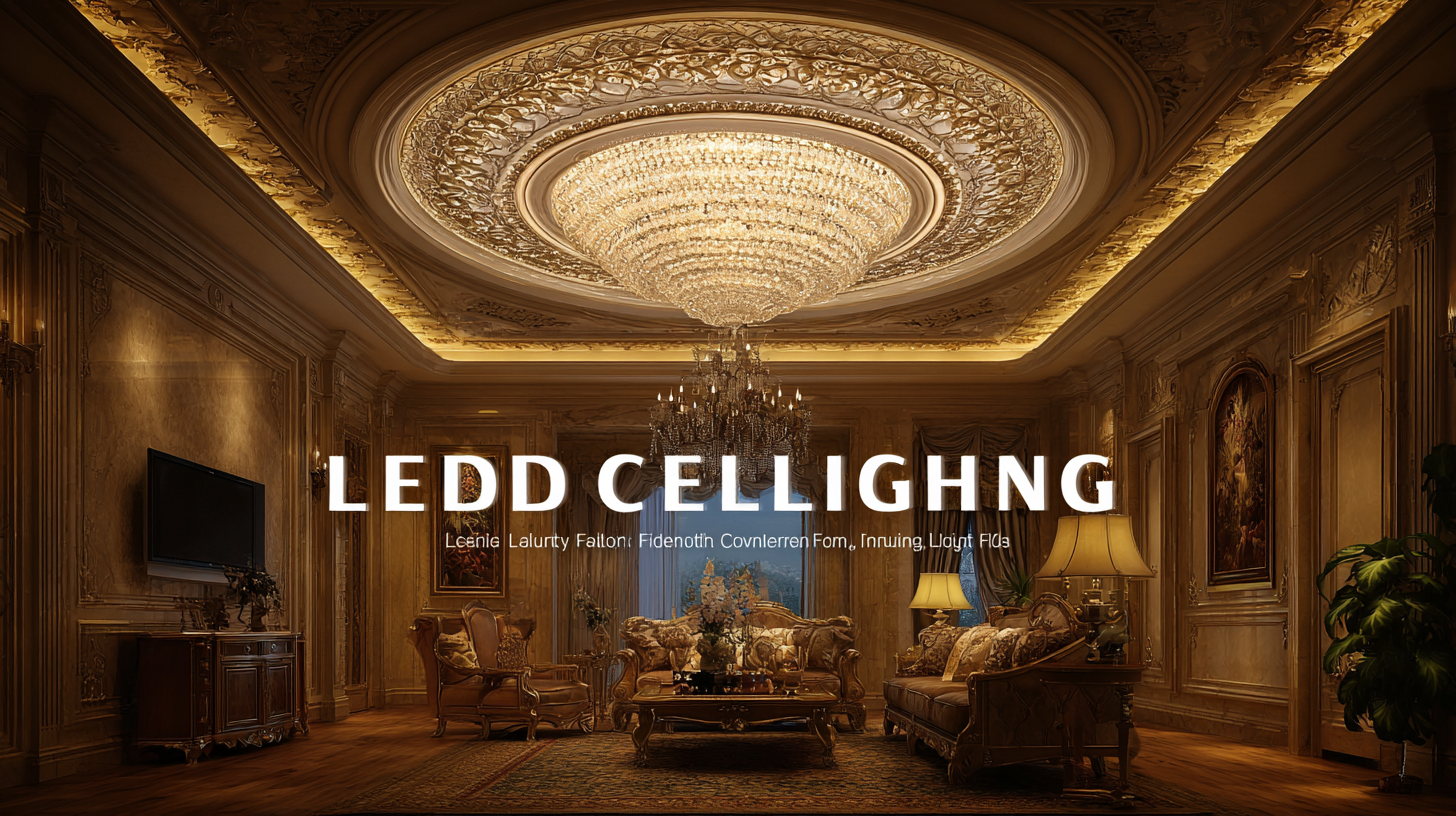 English
English-
 English
English -
 Español
Español -
 Português
Português -
 русский
русский -
 Français
Français -
 日本語
日本語 -
 Deutsch
Deutsch -
 tiếng Việt
tiếng Việt -
 Italiano
Italiano -
 Nederlands
Nederlands -
 ภาษาไทย
ภาษาไทย -
 Polski
Polski -
 한국어
한국어 -
 Svenska
Svenska -
 magyar
magyar -
 Malay
Malay -
 বাংলা ভাষার
বাংলা ভাষার -
 Dansk
Dansk -
 Suomi
Suomi -
 हिन्दी
हिन्दी -
 Pilipino
Pilipino -
 Türkçe
Türkçe -
 Gaeilge
Gaeilge -
 العربية
العربية -
 Indonesia
Indonesia -
 Norsk
Norsk -
 تمل
تمل -
 český
český -
 ελληνικά
ελληνικά -
 український
український -
 Javanese
Javanese -
 فارسی
فارسی -
 தமிழ்
தமிழ் -
 తెలుగు
తెలుగు -
 नेपाली
नेपाली -
 Burmese
Burmese -
 български
български -
 ລາວ
ລາວ -
 Latine
Latine -
 Қазақша
Қазақша -
 Euskal
Euskal -
 Azərbaycan
Azərbaycan -
 Slovenský jazyk
Slovenský jazyk -
 Македонски
Македонски -
 Lietuvos
Lietuvos -
 Eesti Keel
Eesti Keel -
 Română
Română -
 Slovenski
Slovenski -
 मराठी
मराठी -
 Srpski језик
Srpski језик
Leading Global Factory for Best LED Ceiling Light Innovations
As the demand for energy-efficient lighting solutions continues to surge, the LED ceiling light segment stands out as a pivotal player in the global market. According to a recent report by Grand View Research, the LED lighting market is projected to reach USD 105.2 billion by 2025, with a significant portion attributed to ceiling lights. This shift is not only driven by the need for sustainability but also by advancements in technology that enhance performance and design versatility. However, the industry still faces challenges, including issues related to color consistency, dimming capabilities, and thermal management that can impact product longevity and consumer satisfaction. As a leading global factory in LED ceiling light innovations, addressing these problems is essential to set benchmarks for quality and reliability that cater to evolving consumer needs and regulatory standards.

The Rise of LED Ceiling Lights: A $70 Billion Market by 2027
The rise of LED ceiling lights signifies a transformative shift within the lighting industry, projected to reach a staggering $70 billion market by 2027. This growth can be attributed to the increasing demand for energy-efficient and sustainable lighting solutions as consumers and businesses alike look for ways to lower their carbon footprints and energy bills. The advancements in LED technology have made ceiling lights not just more efficient but also versatile in design and applications, making them a preferred choice for modern interiors.
Here are a couple of tips for those considering an upgrade to LED ceiling lights. First, evaluate the brightness and color temperature that will best suit your space. Whether you need warm light for a cozy atmosphere or bright white light for functionality, choosing the right type can significantly enhance your environment. Secondly, consider smart LED options that can be controlled via mobile apps or voice commands, offering convenience and additional energy savings. Integrating such technology can turn your traditional lighting into an adaptable and responsive feature of your home or office.
With the e-commerce market also on the rise, reaching $163 billion by 2026, purchasing LED ceiling lights online has never been easier. The seamless shopping experience allows customers to compare products and prices, ensuring they make informed decisions tailored to their specific needs. As consumers increasingly turn to online platforms, the availability of innovative LED options will continue to flourish, paving the way for a bright, energy-efficient future.
The Rise of LED Ceiling Lights: A $70 Billion Market by 2027
Top Innovations in LED Technology Transforming Ceiling Lighting Solutions
The advancement of LED technology is dramatically transforming ceiling lighting solutions, offering innovative designs that enhance both functionality and aesthetics. Recent highlights from the SID Display Week 2025 underscore this evolution, with notable companies showcasing groundbreaking innovations such as transparent Micro LED displays. These advancements not only focus on improved visual appeal but also emphasize energy efficiency and versatility in various settings, making LED ceiling lights an attractive choice for modern interiors.
In addition to breakthrough display technologies, the latest smart lighting options are revolutionizing how we interact with light in our spaces. The best smart lights of 2025 are equipped with features that allow users to customize their lighting environments seamlessly, creating ambiance tailored to specific activities and moods. From smart bulbs that can change color with a simple command to lamps that integrate with home automation systems, the potential for transforming living and working spaces through innovative lighting solutions is boundless, marking a significant leap in smart home technology.
Leading Global Factory for Best LED Ceiling Light Innovations - Top Innovations in LED Technology Transforming Ceiling Lighting Solutions
| Innovation Type | Description | Energy Efficiency (lm/W) | Lifespan (hours) | Smart Features |
|---|---|---|---|---|
| LED Panel Lights | Slim profile, suitable for modular ceilings, uniform light distribution. | 100 | 50,000 | Dimming, color changing |
| Smart LED Downlights | Adjustable brightness and color temperature via mobile app. | 80 | 40,000 | Voice control, automation |
| LED Surface Mount Fixtures | Versatile mounting for different ceiling types, even illumination. | 90 | 30,000 | Motion sensor, dimmable |
| Panel Light with Emergency Function | Provides light during power failure, suitable for safety compliance. | 70 | 25,000 | Automatic activation during outages |
Energy Efficiency Reports: LED Ceiling Lights Reduce Consumption by Up to 80%
The energy efficiency of LED ceiling lights has become a significant talking point in recent years, especially as consumers and businesses alike seek sustainable solutions for their lighting needs. Recent reports indicate that these innovative lighting fixtures can reduce energy consumption by up to 80% compared to traditional incandescent bulbs. This remarkable reduction not only translates to lower electricity bills but also plays a crucial role in minimizing our overall carbon footprint.

LED ceiling lights utilize advanced technology that allows them to emit brightness while consuming far less energy. Unlike conventional lighting options that waste energy in the form of heat, LED lights convert a high percentage of energy directly into light. This efficiency not only makes them a cost-effective choice over time but also supports environmental conservation efforts as communities strive to adopt more sustainable practices. As the demand for energy-efficient solutions continues to grow, LED ceiling lights stand out as a leading choice for both residential and commercial spaces, showcasing the best of modern lighting innovation.
User-Centric Design: How Customizable LED Options Enhance Indoor Spaces
The demand for customizable LED ceiling lights is steadily rising as consumers seek innovative ways to enhance their indoor spaces. User-centric design plays a pivotal role in this evolution, allowing homeowners to personalize their lighting experiences. Options such as adjustable brightness, color temperature, and programmable lighting schemes not only improve aesthetic appeal but also contribute to the functionality of various environments, from cozy living rooms to productive workspaces.
As seen in other industries, such as automotive interiors, the push for design innovation stems from a desire for differentiation. Just as suppliers are redefining seating and infotainment systems for electric vehicles, lighting manufacturers are expanding their offerings to ensure that every ceiling light can be tailored to individual tastes and needs. The LED neon light market is on a similar trajectory, with a projected compound annual growth rate exceeding 6.5% due to the increasing emphasis on energy efficiency and sustainability. This trend underscores the importance of adaptable designs that cater to an environmentally conscious consumer base, further establishing LED lighting as a key player in modern interior design.

Global Trends Impacting the Future of LED Ceiling Lighting Innovations
The future of LED ceiling lighting innovations is poised for significant transformation as global trends shape the industry's landscape. With a robust market projected to grow from $20.1 billion in 2022 to a staggering $90.1 billion by 2032, the adoption of energy-efficient lighting solutions is at the forefront. A critical driver for this growth is the increasing awareness of sustainability and the integration of advanced technologies, which are becoming paramount in modern lighting designs.
In particular, innovative materials and intelligent control systems are revolutionizing how we think about ceiling lights. Manufacturers are focusing on enhancing user experiences through smart lighting solutions that are not only energy-efficient but also tailored to meet individual preferences. The push for immersive wellness environments is one of the key trends emerging in response to consumer demands for healthier living spaces, where lighting plays a crucial role. As we look to 2025 and beyond, the convergence of technology and design will undoubtedly lead to a new era of LED ceiling light innovations, establishing aesthetic trends while championing sustainability.

